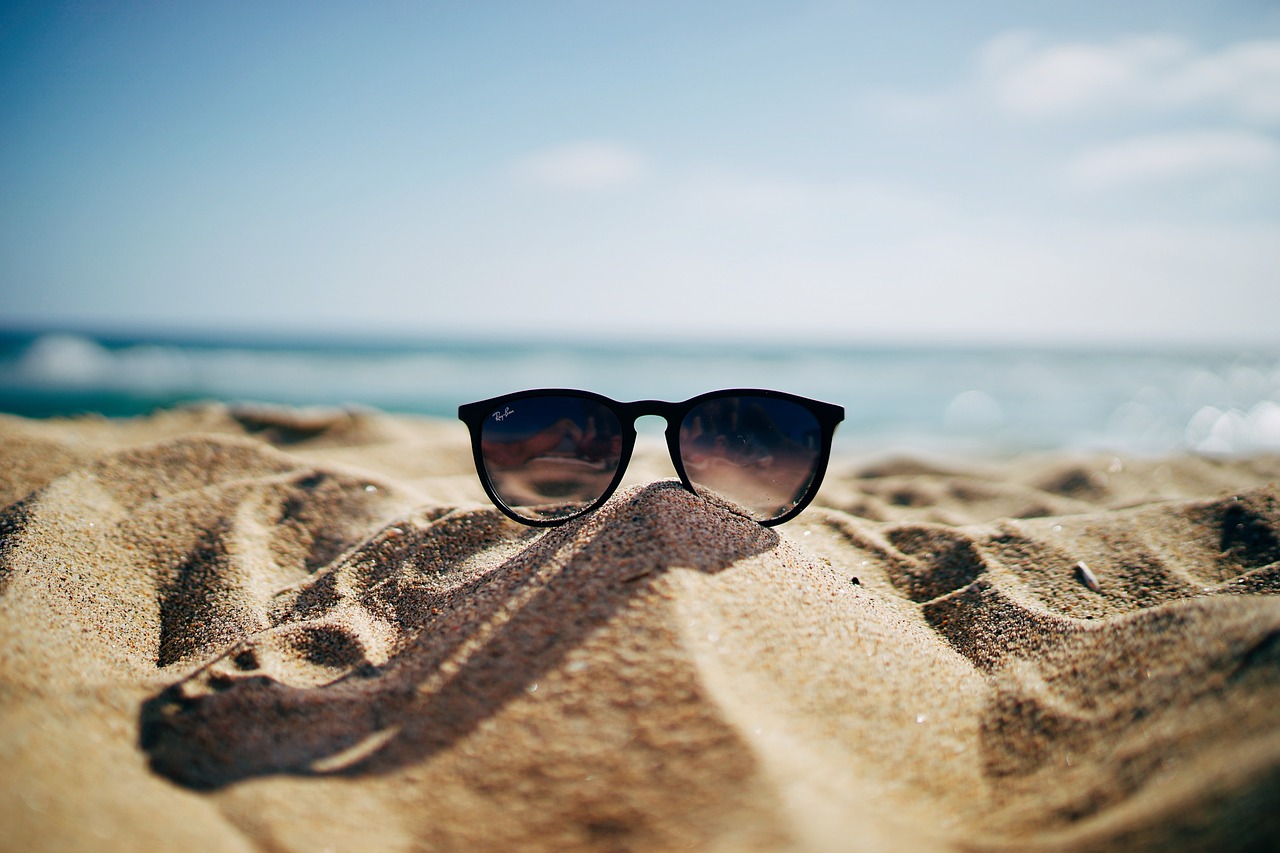Spring time means longer sunny days in the Pacific Northwest. When it’s sunny out, it’s a good idea to apply plenty of sunscreen when wego outside and dark sunglasses as we walk. While skin cancer is the first health issue that comes up involving the intense ultraviolet (UV) rays, they also can damage eye cells and damage your vision. While it is easy to calculate the damage UV radiation causes over parts of the skin, it is not that simple when it comes to eye damage. That is because the damage is not seen instantly and that it becomes more obvious as people get older. Effects of eye damage from UV rays includes cataracts, loss of vision, and even eye cancer. While cancer is rare in the eyes, cataracts are loss of vision are highly common in people age 50 and older.
Protecting your eyes from the dangerous UV rays can come in two ways: wear supportive sunglasses and wearing proper attire that shields the entire vision from sunlight. Glasses and hats can block UV rays from the many directions it comes from: direct, along the side, and even from behind (when reflecting.) They radiate straight from the sun and reflect off the street, from water, sand, and even snow. This leads to the most obvious way of avoiding sun damage: don’t even try to look directly at the sun. The longer one stares, the more likely you can burn holes in the retinas, the layer of cells in the back of the eye that is central for our vision. Known as solar retinopathy, it is irreversible and painful.
Everyone should have a pair of sunglasses…
but it is important to get the right pair when it comes to the amount of UV rays exposed. Get sunglasses that are proven and guaranteed to reduce exposure of these rays to less than 1 percent, or ones that state that 99 percent of rays are completely blocked through the lens. UV blocking contact lenses also help for those who wear them in public. Also, either with sunglasses or contacts, don’t drive without any eye protection because car windows aren’t necessary shielding people’s vision from the heavy light late in the afternoon. In most vehicles, the windshield is about 95 percent protective while the sides are around 70 percent.
Everyone, including children, can suffer eye damage from UV radiation at any given time and not just the summer. Always have protection whether it’s UV-blocking sunglasses, contacts, or hats when outside on a sunny day. This includes the cloudy days because those rays can get through the cloud coverage and onto the ground. Harm from sun exposure can happen rapidly and adds up as time goes on, raising the odds of permanent, various vision-damaging conditions. This and other skin related conditions are good reasons to make sure you take the proper precautions to protect yourself from the sun.

